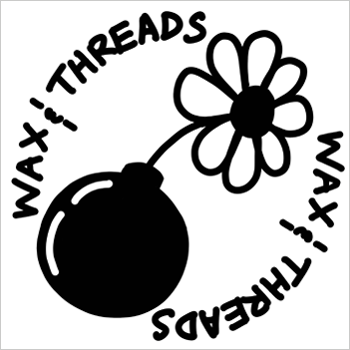How To
How to Grade and Measure Vintage T-Shirts
So you’ve decided to put your coveted vintage t-shirt collection up for sale? You’ve come to the right place. Over the last decade, I’ve personally graded and measured roughly 10,000 t-shirts. My eBay feedback alone numbers 5,000+, typically, only a fraction of buyers leave feedback. In other words, I’m now clinically insane. But before the men in the white suits snatch me up, I’ve managed to put together this little guide for grading.
Create a Proper Workspace
Before you begin, make sure the area you’ll use for analyzing the t-shirt is free of all clutter. I have a spot directly to the left of my keyboard that is tidy where I can lay t-shirts flat to examine and measure without knocking things over.
Approach It Methodically
I put all my tees through the same process every time. Yes, it’s mind-numbingly monotonous but it prevents customer frustration in the future. Lay your shirt out and examine the front. Then flip it and examine the back. After that, follow all the seams: starting at the right pit area, look for holes or loose seams. Then go along the shoulders. Inspect all 360-degrees of the collar, looking for separations and tiny holes. Don’t forget to check the tag seam – if someone tore out the tag you can have seam separation there. Onward to the shoulder seams, arm cuffs, and back around to the other armpit.
The t-shirt graphic below details where the stitching is most commonly loose – observe the broken lines. Don’t be afraid to stretch the fabric and tug at the seams as some loose seams can be sneaky. Then do a final one-over against a lamp. Putting the shirt under direct bright light helps expose sneaky holes, marks, and underarm discoloration. This step sounds like a lot of work, but it can be done thoroughly in less than 30 seconds.
Use Proper Lighting
A bright room with both natural light and artificial light works well. When I first started, I failed miserably in this department. I recall going on a massive auction-listing spree one weekend – grading the tees at night in poor lighting conditions. When the auctions ended and I started packaging the tees in daylight, all the flaws became visible. Marks, faded areas, and holes that I didn’t note in the listing. Oops. Daylight will expose issues that may otherwise be hard to detect with indoor lighting, like yellowing under the arms.
Don’t Assume
I’ve made this mistake many times: I found a t-shirt that looks like it’s never been worn and assumed it didn’t have any issues. I only gave it a quick once-over. Low and behold, after it sells, I get an email from a buyer telling me there’s a seam separation along the side. Assess each t-shirt equally.
You’ll Still Make Mistakes, Be Pro-Active
No matter how long you grade for, certain flaws will still sneak by you. If you notice an issue you missed during the listing process, don’t just send the item and cross your fingers. That’s when unhappy customers start leaving negatives or you get returns and you lose shipping loot. Contact the customer prior to sending the item to admit and apologize for your mistake. Describe the missed flaw and include a photo. Most vintage wearers are okay with flaws and won’t mind – and will appreciate the honesty. Those who do mind will also appreciate the honesty and happily withdraw from the transaction.
T-Shirt Grading Terminology
Here is the grading hierarchy we use for Defunkd listing pages and authentications. Some sellers use fewer categories; some use different names. Do what works for you, just be consistent. Most importantly, you must accurately describe and photograph the condition issues.
Deadstock
Deadstock or New Old Stock (NOS) indicates the item has never been worn or washed, but it may still have some condition issues. Some deadstock inventory was put into storage because it was returned by the buyer, or identified with issues, like a loose seam. The print and tag are perfect, yet there are dirt marks from storage conditions, which may be permanent. Perhaps there is a touch of fade from sun exposure. There could be water damage or a touch of mold from moist climates. Black deadstock tees from a particular era will often fall victim to dry rot, which happens when chemicals in the t-shirt dye wreak havoc on the fabric over time. Make sure to black deadstock tees some light tugs to make sure they don’t tear like paper. You don’t want your buyer making that discovery.
Mint Deadstock
Mint is perfect. It has never been worn or washed and there are no issues with the condition. The tag and print are pristine, crisp, and clean. There are no imperfections with the construction of the shirt.
Near Mint Deadstock
It has never been worn or washed, yet there are one or two subtle imperfections that prevent it from being a perfect piece.
Very Fine/Fine Deadstock
It has never been worn or washed yet has subtle condition/print issues. There may be a loose thread, a noticeably off-center print, or print registration or ink issues. These condition issues primarily result in errors during the production process rather than anything the owner caused while possessing the garment.
Excellent
The item has been worn or washed at this point in the grading terms. Excellent usually describes a t-shirt with no severe issues, such as stains, holes, rips, tears, or seam issues. Some vendors allow for minor condition issues like fabric or print fade in this category.
Great
Great usually means there’s a more serious issue—or a few minor issues. Perhaps there’s a tiny hole, a small underarm seam, or multiple small marks.
Good
Good indicates the item is in good condition, but the issues are increasing. It’s more worn, with a few significant marks and a few small holes.
Fair/Worn
Fair/Worn is typically an abundance of issues, from years of wear and wash. There are likely multiple marks and several small holes, yet the piece is still very wearable, likely thinned fabric, but the construction of the t-shirt is stable or could be improved easily by a professional seamstress. This condition can be quite sought-after as it has a true vintage appearance, but the shirt has plenty of life left.
Poor
Poor describes the point in which it becomes a turn-off to certain wearers. Issues are very plentiful: large stains, large holes, seam separations, and rips, which can affect the buyer’s perceived longevity of the piece.
Distressed
This tee is a mess. But that doesn’t mean it won’t work for certain buyers. Distressed means gaping holes, massive seam issues, and mega-staining that take a special kind of wearer to pull off. Like Sid Vicious.
See-Through
See-through is a modifier that can be applied from Excellent to Distressed. It’s commonly used to describe a tee that’s been worn so much that some fibers have deteriorated and you can faintly see skin through it. Amazingly, some see-through tees can be graded excellent – when the items don’t have a single issue other than just washer and dryer wear.
Optimistic Statements
Given I’ve seen my share of vintage stains over the years, I can usually tell if there’s any chance a stain can be removed with proper care. Sometimes a mark will deteriorate right before your eyes with a quick rub and you’re certain it will come out in a wash. Other condition issues are quite easy to solve – a seam separation, for example, is easy to repair invisibly by a professional seamstress. In cases like these, I think it’s helpful to communicate that a little elbow grease might be able to remove a mark. And if all it takes to solve a seam separation is a quick pass under a sewing machine – pointing out this tip to a buyer can help seal the deal. Especially for tees that you’ve appraised to have substantial value.
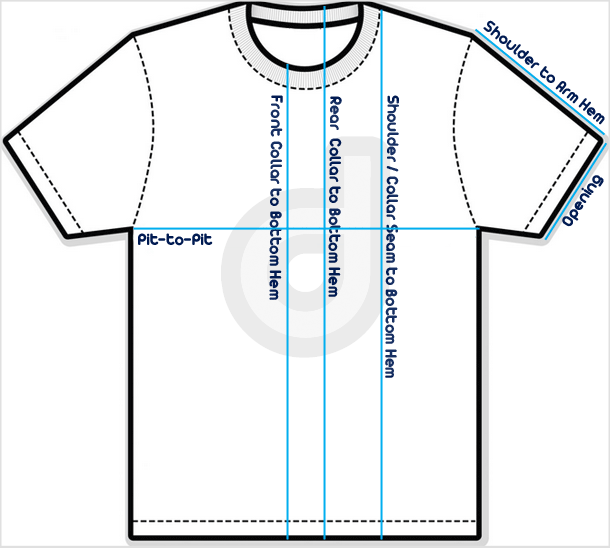
Measuring a Vintage T-Shirt
Get the “meashys” (measurements) / dimes (dimensions) at the same time you’re scouting for condition issues. Have your measuring device handy. For years I used the kind of retractable measuring tape that contractors use. After my second one broke, I was in a jam and used a seamstress’ measuring tape I had kicking around. Turns out I like them better. They’re less bulky, less noisy, and easier to work with.
The Chest
With the t-shirt laying flat, measure from pit seam to pit seam to get the chest measurement. Let the t-shirt fall as it may, by the way. Don’t try to edge in another quarter-inch by stretching it. And definitely don’t round up. Yes, it’s true, the bigger the measurement, the higher the likelihood you’ll fetch more for your t-shirt. But it might also be returned by your customer. I typically round down to the nearest quarter-inch.
The Length
You’ll find the most variation on how this measurement is achieved. Some measure from the rear collar to the bottom hem. Others measure from the front collar to the bottom hem. And some measure from where the collar meets the shoulder, or where the shoulder meets the arm. I’ve always done rear collar to bottom hem and that seems to be the most standard. But if I had to do it all over again, I would likely choose to measure from where the collar meets the shoulder. The reason being: collars can warp or lose their shape, aka bacon collar.
Pick the style you like and stick with it. If you stray from the norm, you should always communicate the measurement points you used. I’ve seen plenty of listings where the owner doesn’t specify the measurement was done via the front collar. They state “length is 24 inches” which is a turn-off to the buyer who is used to the rear collar measurement – they’ll think it won’t fit, yet it very well could since the rear collar measurement would likely gain two or three inches.
The Sleeve!?
Yes, every so often a buyer will ask me the measurement of the sleeve from shoulder to hem and the size of the opening. This typically occurs with certain 1960s and ’70s tees that are more slender. A lot of ringer tees have smaller arm openings that are more constrictive because of the ringer. It hasn’t happened often enough to justify including it in every listing, but if you like to go the extra mile, and want to cover your bases, go ahead. It’s a nice touch.
Have any tips for grading and measuring? Please share below!
Jimmy founded Defunkd in 2004 when he started selling vintage t-shirts online. 20 years of experience later and he hasn't looked back since. Actually, he looks back all the time given he's a sucker for nostalgia. For more, check the history of Defunkd and Jimmy's Expertise.
- Jimmy Jhttps://www.defunkd.com/author/admin/
- Jimmy Jhttps://www.defunkd.com/author/admin/
- Jimmy Jhttps://www.defunkd.com/author/admin/
- Jimmy Jhttps://www.defunkd.com/author/admin/


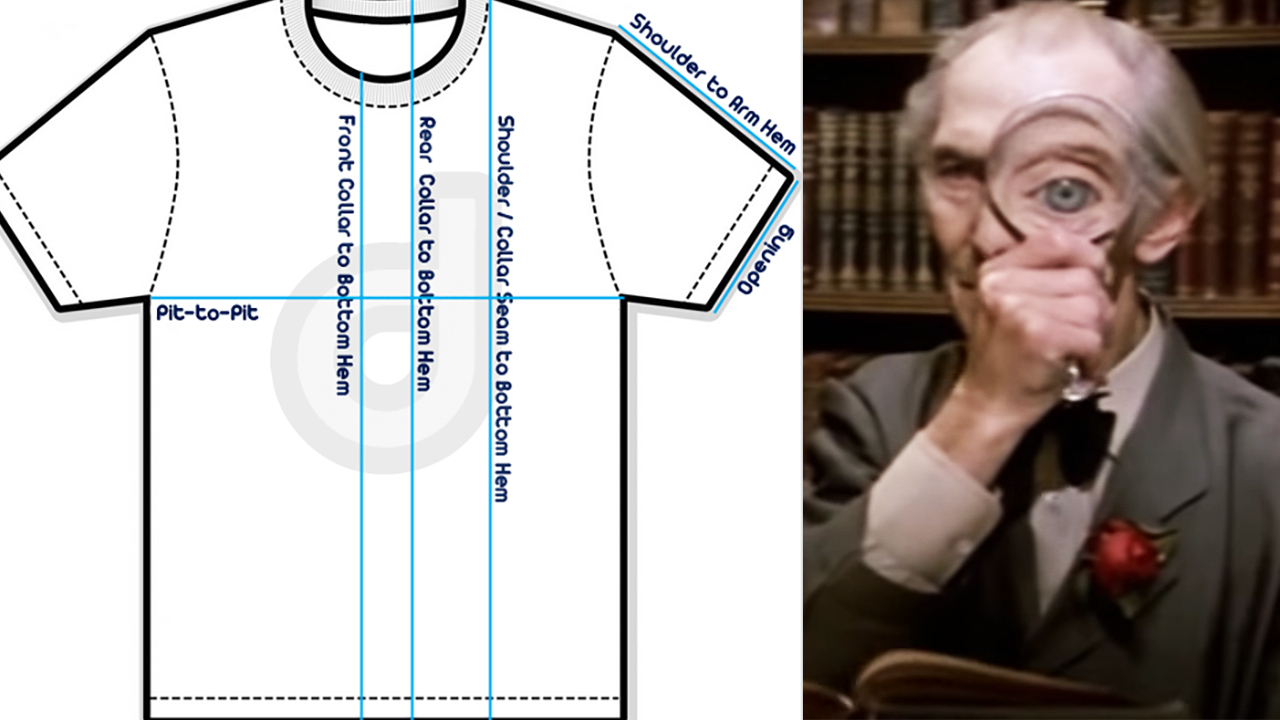
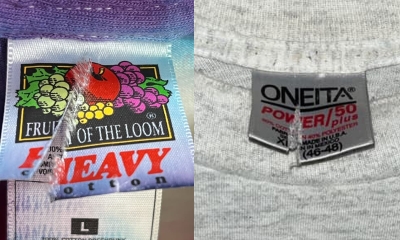
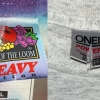
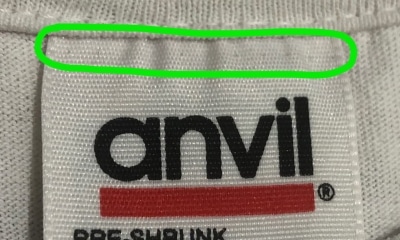

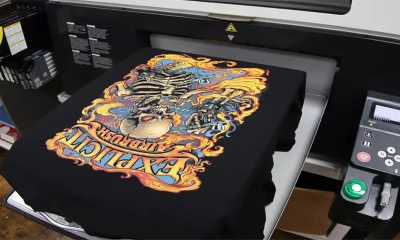
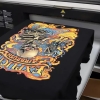




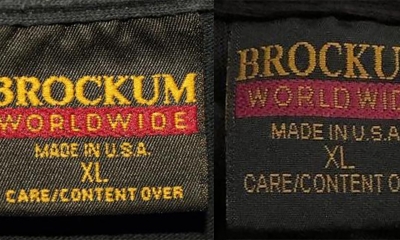
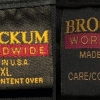
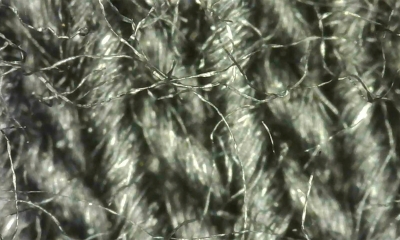
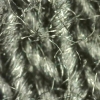
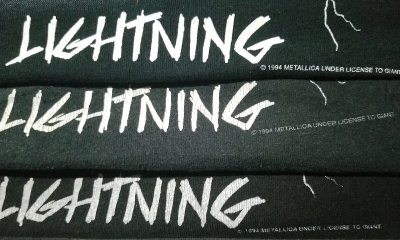

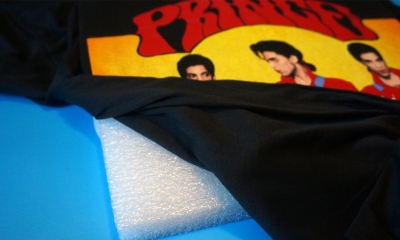
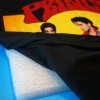
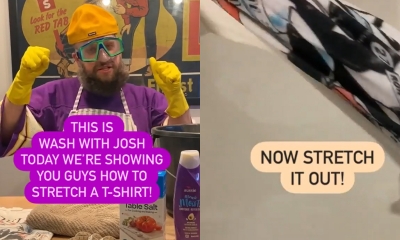

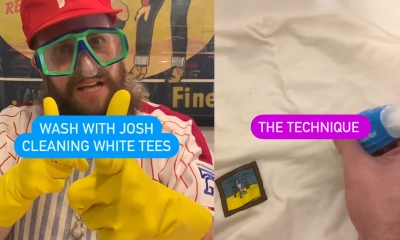

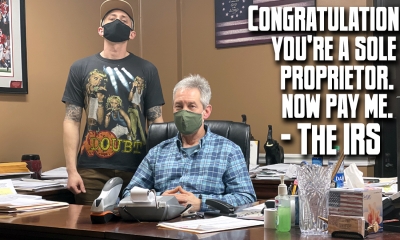

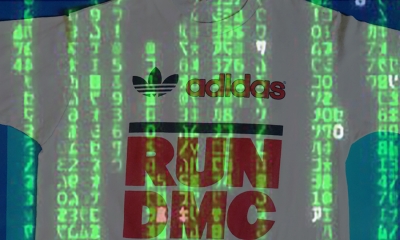
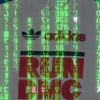
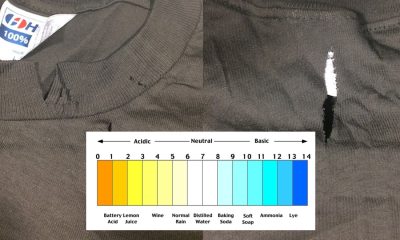
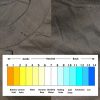


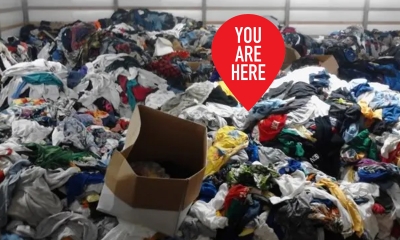

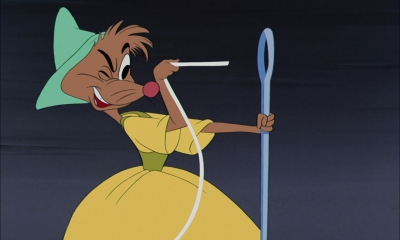



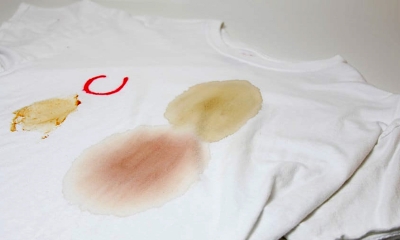
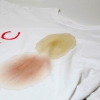

 Fabricated is our weekly series comparing
Fabricated is our weekly series comparing
